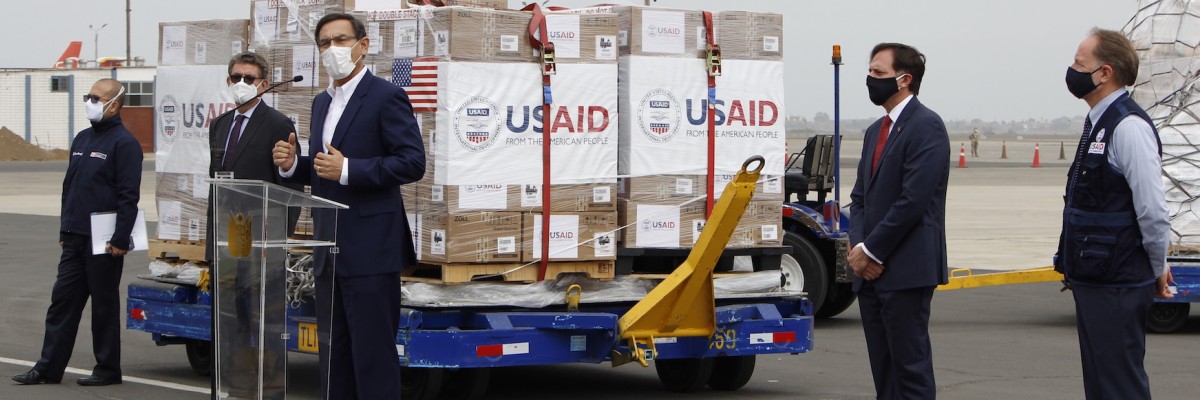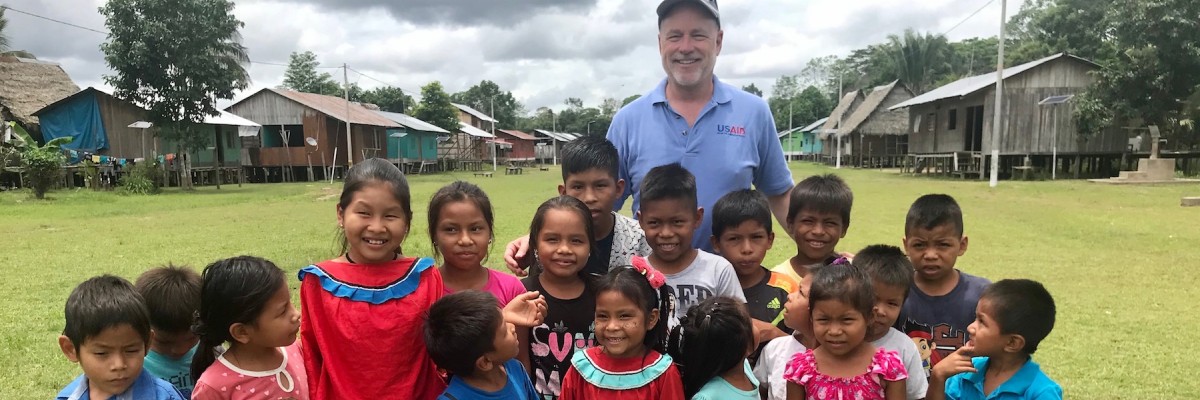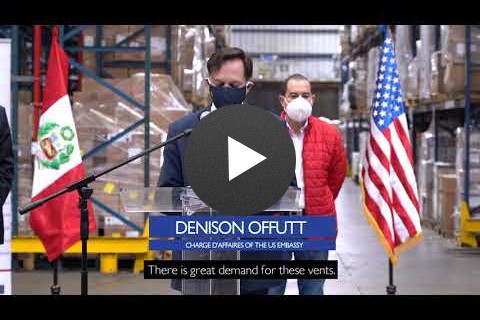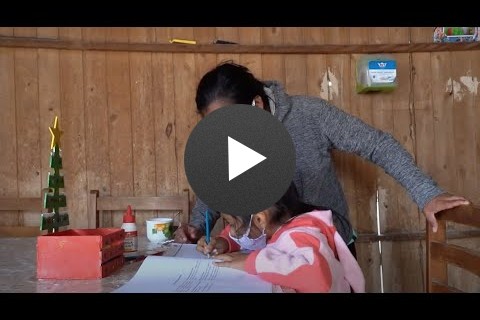About Peru
Peru’s transformation over the past 15 years represents a remarkable success story. Peru has emerged as a strong, stable force in South America and a vital ally to the United States in a region where the growing corruption scandals and the crisis in Venezuela have created new foreign policy challenges. Since emerging in 2001 from a long battle against domestic terrorism and a decade of authoritarian rule, Peru has seen five peaceful democratic transitions. Poverty has fallen by over half nationally, to less than 22 percent today. Trade with the U.S. has more than doubled under the U.S.-Peru Trade Promotion Agreement, which entered into force in 2009. Peru is a rising regional and global leader, assuming significant roles in regional and international organizations.
Nonetheless, even as Peru emerges economically and politically, successes can mask persistent structural challenges. As a middle income country, Peru is at risk of the “middle income trap” where weak and inefficient state institutions fail to provide the environment for continued economic growth and threaten to undermine the gains of the last decades. Transnational criminal organizations operate throughout the Americas, including Peru, jeopardizing legal commerce and devastating communities through illegal trafficking of people and illicit goods. These problems are most acute in Peru’s ungoverned spaces, especially in poor, rural, remote regions of the Amazon Basin. Curtailing these multi-billion dollar illegal industries is now one of the most important U.S. foreign policy goals in Peru.








Comment
Make a general inquiry or suggest an improvement.